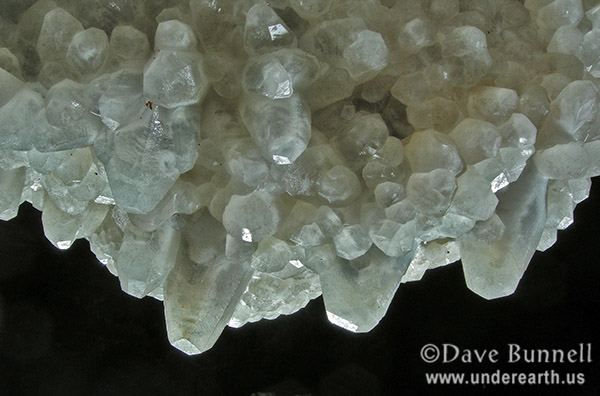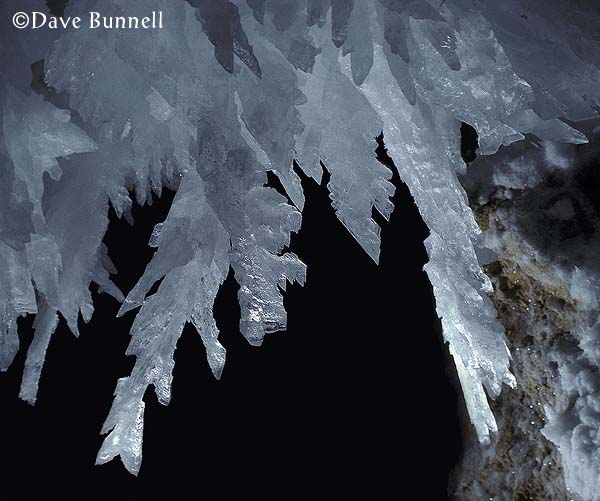
|
Spar is a general term used to refer to crystals where the crystal
faces are readily discernible. In caves, spar is a depositional deposit,
usually made of calcite or gypsum, but sometimes of less common (to
caves) minerals such as barite, fluorite, halite, or quartz. Most spar
forms underwater, either in the phreatic zone (below the water table,
where most caves are formed), or in shallow standing pools, as pool
spar. Spar may also grow in the air from solutions seeping out of
the cave walls or through porous sediments. |



![]()
| Back to: | |
 |
Created: June 19, 1995 Last Updated: Nov. 23, 2016 Author: Dave Bunnell |